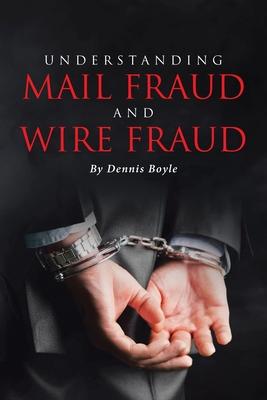Mail fraud and wire fraud are among the most common white-collar cases prosecuted by the US government. Barely a day goes by without a mail fraud or wire fraud case appearing in the newspaper or on television news. The headlines are sensational: "Businessman Defrauds Clients of Millions of Dollars" or "Local Church Members Defrauded of Millions," but what exactly are mail fraud and wire fraud?
This book examines these two related statutes to help laymen understand what these statutes are and, just as importantly, what they are not. It goes behind the headlines to examine the arcane language of the laws and uses hypothetical real-world examples to make the statutes understandable to everyone. It explains concepts like "a scheme or artifice to defraud" or "an intent to defraud" so that the reader can truly understand what the media is reporting.
These two statutes also present traps for the unwary. Not every business deal that fails to work out is a fraud. Not every inaccurate statement made in a business setting is a "fraud." There are innocent mistakes. Understanding the difference between a crime and a bad idea is important to understand when the statutes should be applied and when they should not. Chapter after chapter, this book shines a light on these important distinctions.
The information provided in this book does not, and is not intended to, constitute legal advice; instead, all information, content, and materials are provided for general informational purposes only. Readers of this publication should contact their attorney to obtain advice with respect to any particular legal matter and should refrain from acting on the basis of information contained in this publication without first seeking legal advice from counsel in the relevant jurisdiction. Only an attorney can determine whether the information contained herein is applicable to any particular individual's situation.
